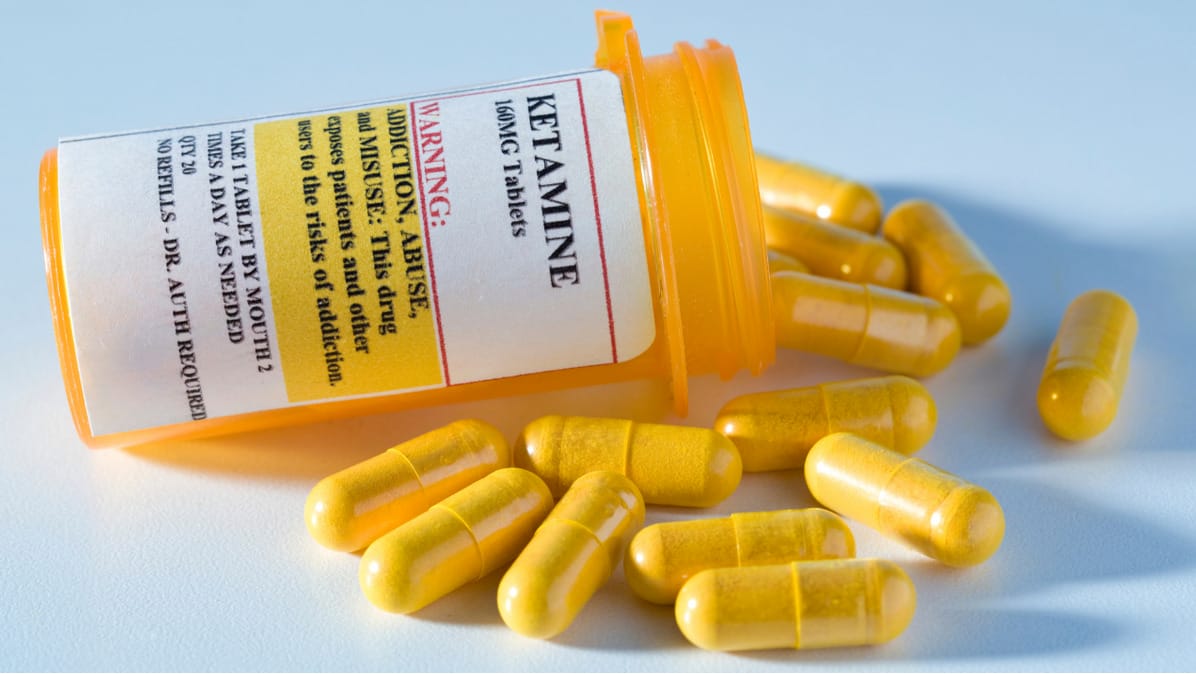In a world where innovative approaches to mental health treatment are continually evolving, ketamine has emerged as a groundbreaking solution. It’s not just about the traditional uses of this medication; there’s a rising interest in “ketamine at home” and “online ketamine treatment.” To help you navigate the complex world of ketamine therapy, we’ll take you on a journey through this comprehensive overview, breaking down its history, medical applications, and the new frontiers it’s venturing into.
The History of Ketamine: A Dive into the Past
Ketamine, initially developed in the 1960s, was primarily used as an anesthetic. It played a pivotal role in medical surgeries and was widely known for its rapid onset and safety. Over the years, it became a staple in emergency rooms and battlefield medicine, given its unique properties, which set it apart from other anesthetics.
Ketamine’s Evolution in Mental Health
Ketamine evolved in mental health as under:
1. Mental Health Emergence:
Fast forward to the present, and ketamine has transformed. In the last decade, it has become a ray of hope for individuals battling treatment-resistant depression and other mental health conditions. Ketamine infusion therapy, conducted in a clinical setting, has shown remarkable results in providing rapid relief when other treatments fall short.
2. Ketamine at Home: A Controversial Development:
One of the most recent shifts in the landscape is the discussion around “ketamine at home.” This concept, which involves the self-administration of ketamine under medical supervision in the comfort of one’s home, raises both excitement and concerns in the medical community. Patients now have the option to receive online ketamine treatment while being closely monitored by healthcare professionals.
How Ketamine Works: The Science Behind the Magic
Ketamine’s exact mechanism of action is still being explored, but it’s believed to work on various neurotransmitter systems in the brain. It can rapidly alleviate depressive symptoms, often within hours, making it a promising choice for those who haven’t responded to conventional treatments.
The Importance of Professional Guidance
While “ketamine at home” offers convenience, it’s vital to emphasize the importance of professional guidance. Self-administering ketamine without proper medical supervision can be risky. Therefore, “online ketamine treatment” is gaining momentum, ensuring patients can access the therapy they need while being monitored by healthcare providers through virtual platforms.
Potential Side Effects and Concerns
Ketamine has the following two potential side effects:
1. Mind and Body Effects:
Ketamine can induce altered perceptions, hallucinations, and dissociation, which are usually transient. However, users may experience anxiety, confusion, or a sense of detachment. These effects underline the necessity of responsible use and professional oversight.
2. Addiction and Abuse Potential:
There’s also concern about the potential for misuse and addiction when it comes to ketamine. This is another reason why proper guidance is essential, as healthcare professionals can help prevent misuse.
Conclusion
Ketamine, once solely associated with the operating room, has found new life as a revolutionary tool in mental health treatment. It’s more than just a drug; it’s a beacon of hope for those who have long struggled with treatment-resistant conditions. While “ketamine at home” and “online ketamine treatment” open doors to innovative possibilities, we must embrace these options with responsibility and care. The future of ketamine therapy holds immense promise, and we must continue to explore its potential while maintaining a strong focus on patient safety and professional guidance.




